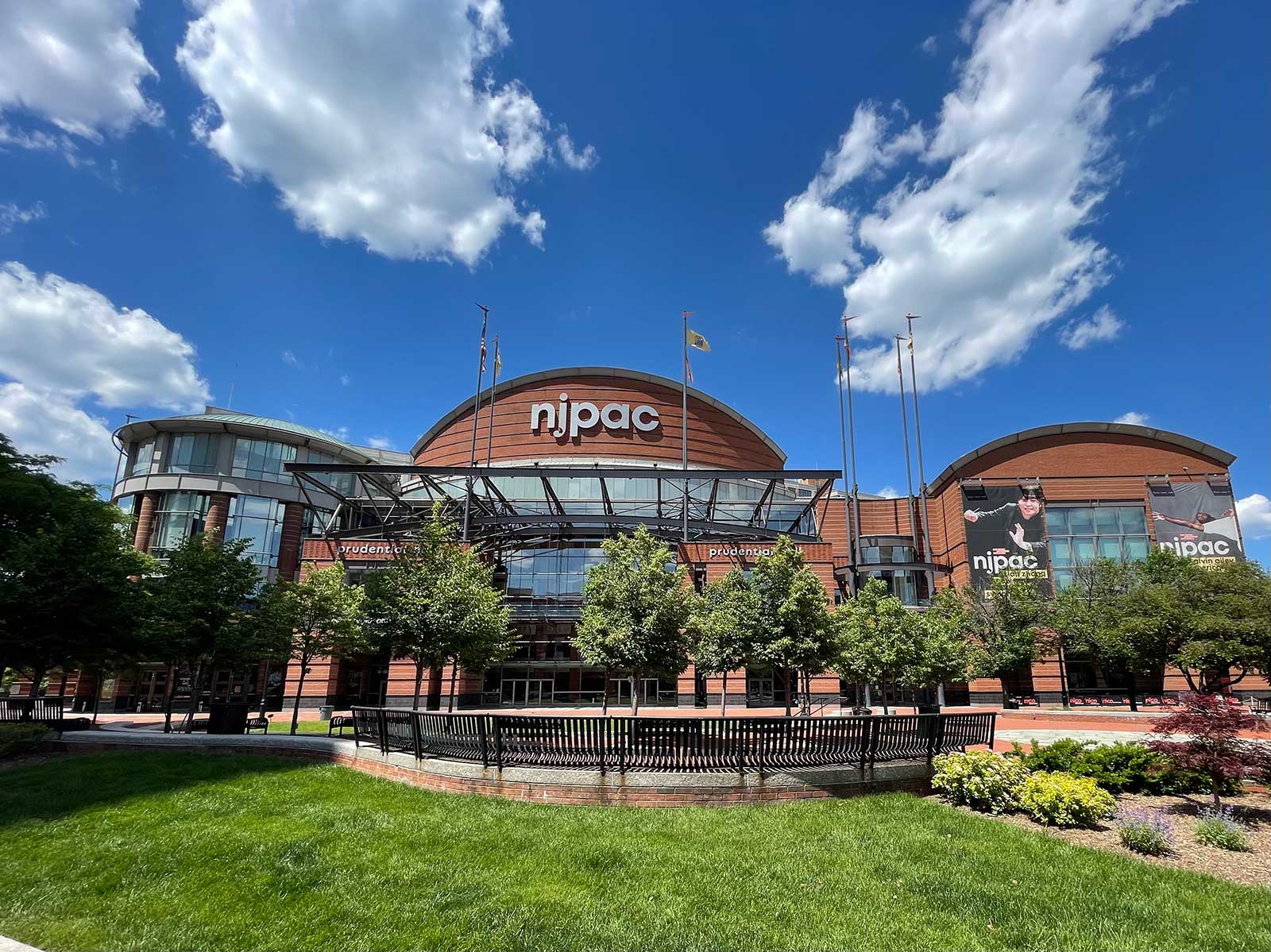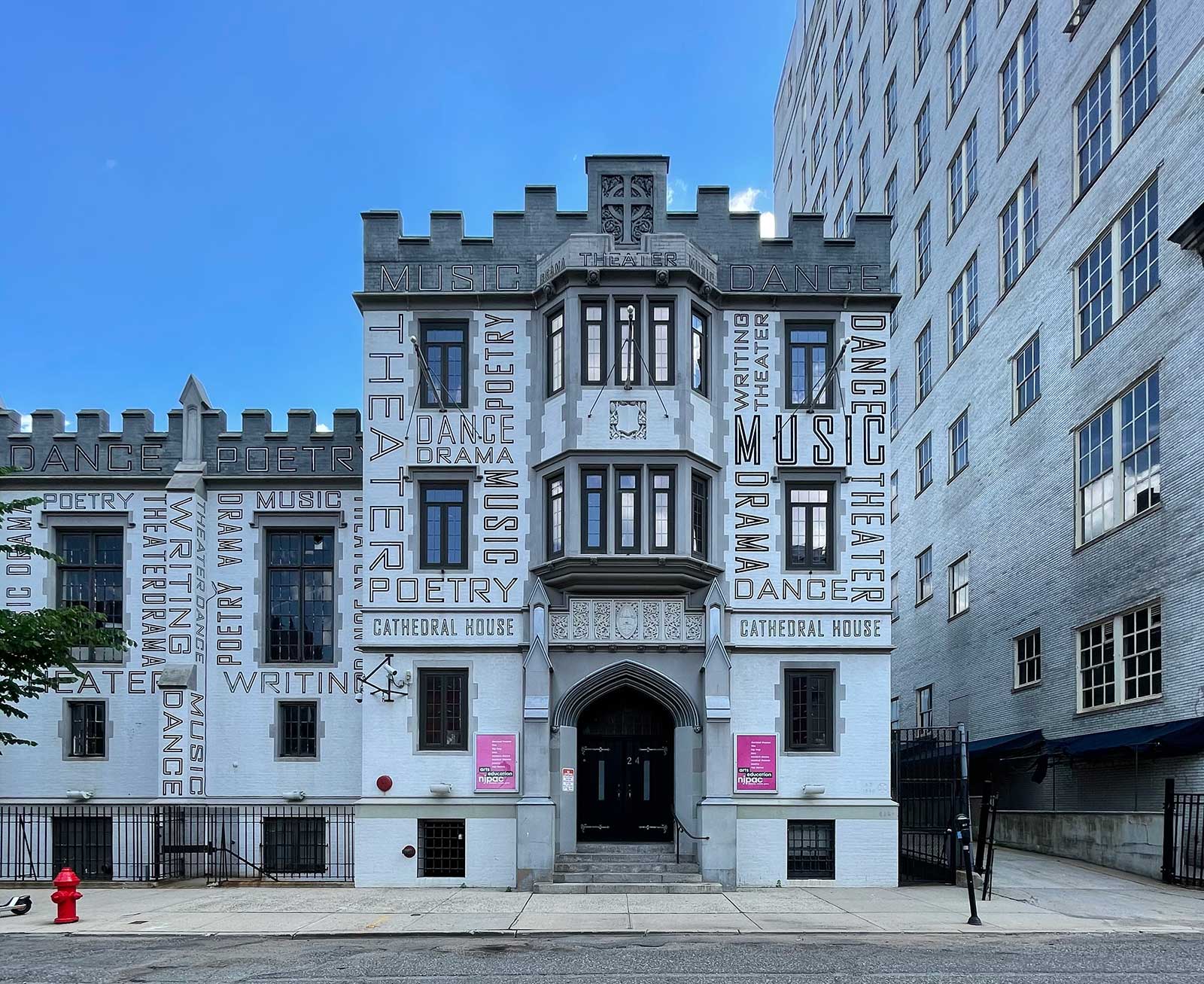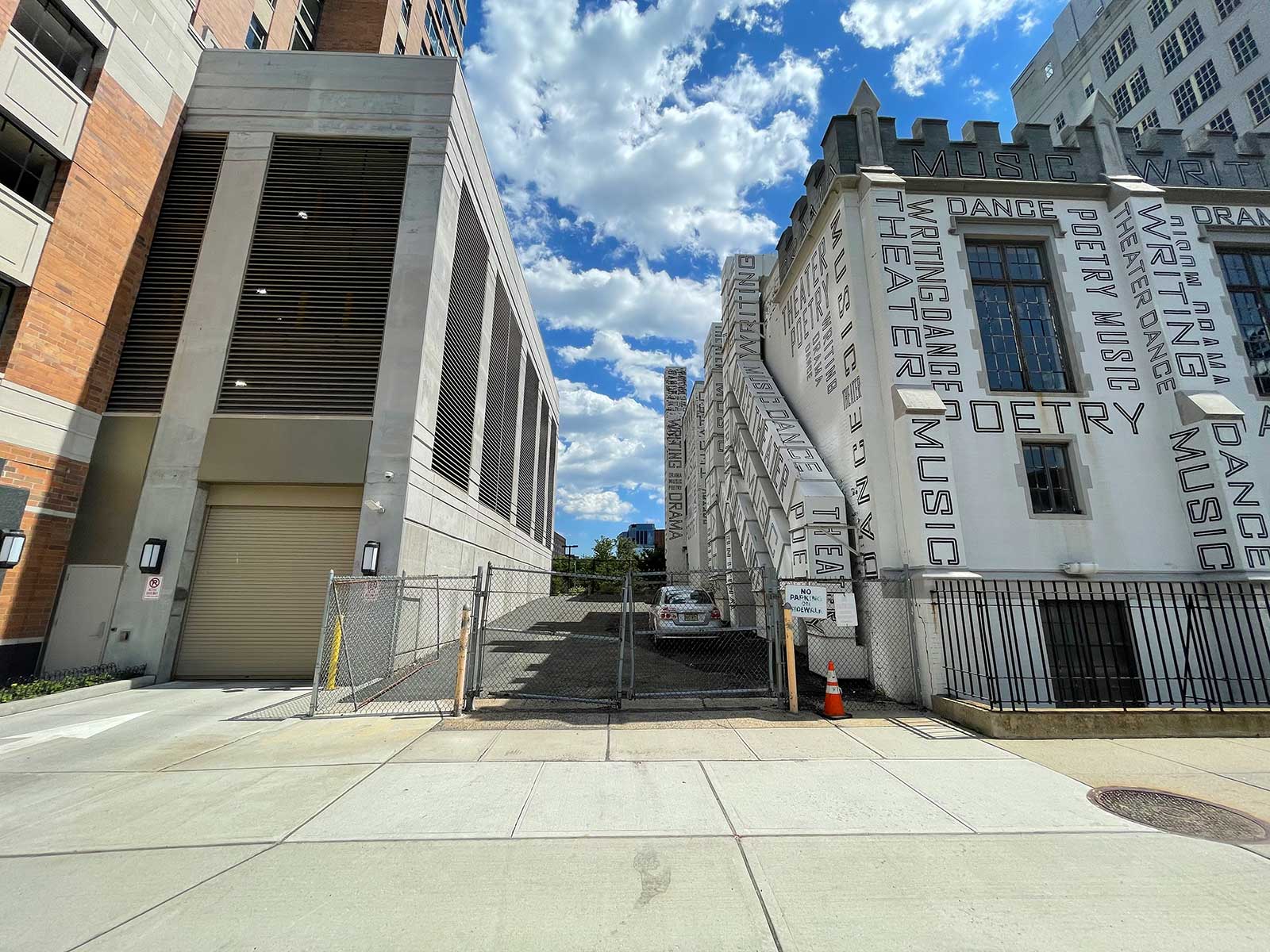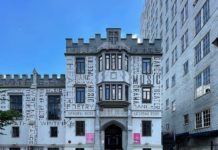
A former church building in Newark that played an important role in black history could be demolished for the New Jersey Performing Arts Center’s loading bay and a parking lot.
The arts organization testified before the historic preservation commission last week that the building at 24 Rector Street needs to be razed in order to realize its two-phase, multi-million dollar redevelopment plan. However, a senior executive admitted that the location of Cathedral House makes it difficult for trucks to use the loading bays, and demolishing the building would remedy the situation.

“Our first, second, third, fourth, and fifth choice was not to take this building down,” said Tim Lizura, senior vice president of real estate and capital projects for NJPAC. “Without being able to load 600 shows, in and out, a year, we wouldn’t be able to operate — and without being able to operate then the rest of this development is not going to be successful.”

The organization looked into both moving the building, as well as “selective demolition,” but both options were “prohibitively expensive,” Lizura said.
The Cathedral House was built in 1941 by local father-son architects John Ely and Wilson Ely, whose firm designed several iconic buildings in Newark, including City Hall. The building falls within the Military Park Commons Historic District and derives its name from its initial use as a rectory for the Episcopal Diocese of Newark.

However, the building’s association with the National Black Power Conference of 1967 became a point of contention for the commission.
“You spent such a small amount of time indicating the black history of that building,” Richard Grossklaus, vice-chair of the HPC. “How does the black community feel about losing this building and part of their history?”
Lizura testified that he had met with residents of nearby James Street to discuss the demolition of the building. A member of the James Street Commons Neighborhood Association confirmed with Jersey Digs that a meeting with John Schreiber, CEO and President at NJPAC, took place on May 16.
“We urged NJPAC to include a strong historic preservation and education component in its future plan and operation,” said Zemin Zhang, James Street resident and executive director of Newark Landmarks.
In 1967, Newark resident Nathan Wright, a sociologist, organized the four-day Black Power conference, and hosted workshops at the Cathedral House. The event was timely as it was held only days after the riots ended. Attendees included H. Rap Brown (now Jamil Al-Amin) and Amiri Baraka, the late father of Mayor Ras Baraka.
“It is my experience that much disservice is done to our nation and our world when black issues are discussed in the presence of those who are non-black,” Wright said about the conference.
Two of the current commissioners — Grossklaus and Richard Partyka — served on the board when NJPAC applied to the HPC to raze buildings in the historic district for its current home, which is located on a former African-American burial ground.
Partyka, chairman of the commission, recalled that the organization promised to preserve the other historic buildings in the district. One of those buildings, the old Ballantine Brewery, was later demolished after a fire. The mid-rise at 50 Rector Street, built on that site, incorporated artwork from the brewery in its facade as a last resort. Similarly, NJPAC wanted to incorporate architectural elements of the Cathedral House in the prospective new building.
“Do you remember the pledge that was given when they were taking down the other historic places?” Partyka said.
An architectural historian hired by NJPAC testified that the “unsympathetic alterations” to the building’s original red-brick facade, painted over by famous artist Paula Scher, diminished the integrity of the building.
“The painting of the exterior brick walls, I think, from a preservation standpoint is somewhat problematic,” said Emily Everett, architectural historian for AECOM.
NJPAC revealed to the commission their plans to redevelop the eight-acre campus into a walkable neighborhood with townhomes, ground-floor retail, and public space. The goal is to extend Mulberry Street to Rector Street, then perhaps farther to Atlantic Street.
A principal for Skidmore, Owings & Merrill, which partnered with NJPAC to design the redevelopment, noted that Newark over the years has lost many of its side streets as institutions formed superblocks. As a result, street life and connectivity have suffered, according to Yasmine Kologlu, design principal at SOM.
“Newark was once a finely knitted tapestry of streets that defined a tightly connected community,” Kologlu said. “Today, we have an opportunity to reconnect the urban fabric and create an active community, a connected neighborhood, again.”
However, the commission pointed out that there was enough room between 50 Rector Street and the Cathedral House to build a road without demolishing any buildings.
“It’s heartbreaking to just see our historical preservation go by the wayside when smart people can preserve it and do exactly what we have taken an oath to do,” said Frederica Bey, one of two commissioners who voted no.
The commission voted 3-2 with one abstention for demolition, on the condition that the archway and facade be preserved. However, in order for the demolition to proceed, the ordinance requires five favorable votes.
